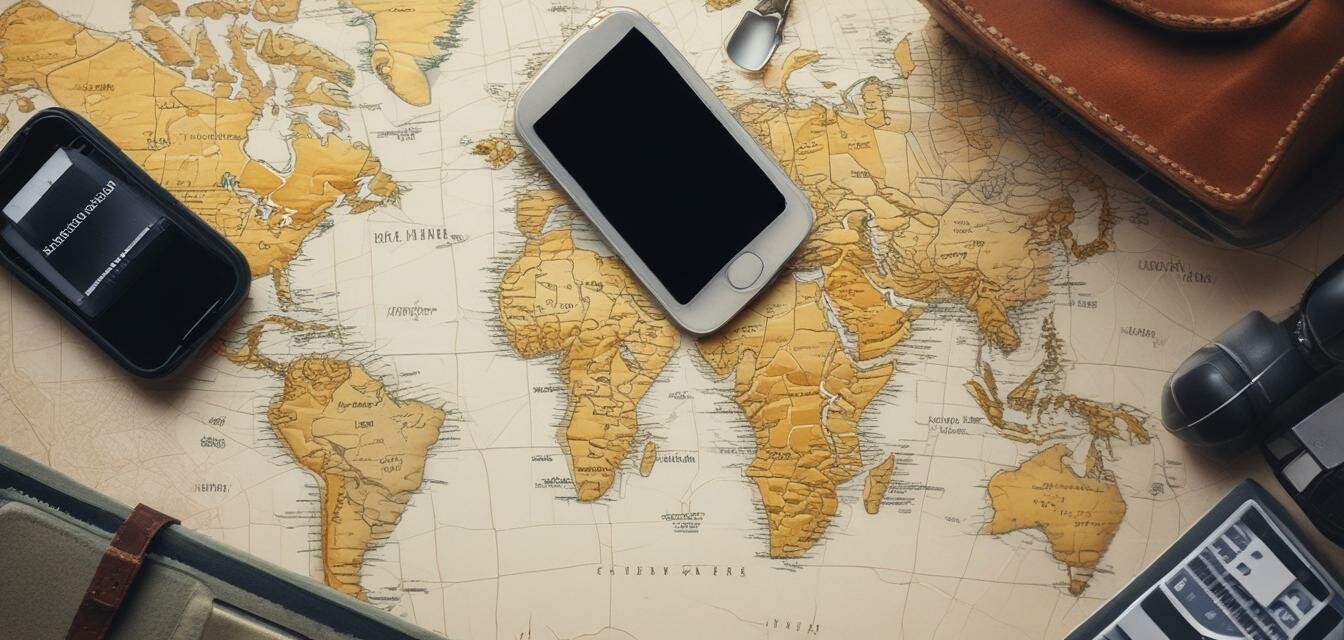
How to Use Multiple SIM Cards Without Confusion
Key Takeaways
- Organize your SIM cards using dedicated cases or organizers.
- Label each card clearly with its corresponding country or usage purpose.
- Familiarize yourself with switching procedures for your device.
- Utilize apps to track data usage on each SIM card.
- Always keep a backup plan for connectivity.
Traveling across multiple countries often requires frequent changes between different SIM cards to ensure you stay connected. Whether you are traveling for business or leisure, managing multiple SIM cards can be confusing if not handled properly. In this article, we’ll share strategies to manage your SIM cards seamlessly, allowing you to stay connected with ease.
Why Use Multiple SIM Cards?
Using multiple SIM cards can have several benefits for travelers:
- Cost Efficiency: Lower roaming charges by using local SIM cards.
- Better Connectivity: Access to various network providers for better coverage.
- Data Plans: Choose specific data plans that suit your usage in different countries.
Organizing Your SIM Cards
Proper organization of your SIM cards can greatly reduce confusion. Here’s how to do it:
Use SIM Card Organizers
Investing in a good quality SIM card organizer can simplify your travel experience. Here are some features to consider:
| Feature | Description |
|---|---|
| Capacity | Number of SIM cards it can hold. |
| Protection | Waterproof or shockproof materials to keep SIM safe. |
| Labeling | Sections to write down details of each SIM card. |
Label Your SIM Cards
Always label your SIM cards using small stickers or write with a permanent marker. This can prevent confusion, especially when you have multiple cards for different countries or purposes.
Switching SIM Cards Easily
Switching between SIM cards can vary by phone model. Here’s a basic outline of what to do:
- Power off your smartphone.
- Remove the SIM card tray using a SIM eject tool.
- Swap the existing SIM card with the new one you want to use.
- Reinsert the tray and power on your device.
- Access mobile network settings to select the new SIM for data or calls.
Managing Data Usage
When managing multiple SIM cards, knowing your data usage is key. Here are some practical tips:
- Download an app that tracks data usage for each SIM card you use.
- Set alerts for data limits to avoid extra charges.
- Understand the data policy for each card to maximize your plan.
Backup Connectivity Solutions
Always have a backup plan in case any of your SIM cards fail or are not recognized by your device:
- Keep a local mobile hotspot as a backup.
- Download offline maps in advance for navigation.
- Maintain a list of Wi-Fi hotspots in the cities you visit.
Pros
- Enhances connectivity across different regions.
- Allows for better budget management through local data plans.
- Flexibility in choosing mobile networks based on coverage.
Cons
- Can be confusing to manage without proper organization.
- Switching SIM cards might require technical knowledge.
- Purchasing multiple SIM cards can be time-consuming.
Additional Resources
For more information on managing your mobile experience effectively while traveling, check out our resources:
- Buying guides for SIM cards
- Latest news and trends in connectivity
- Signal boosters for improved reception
Conclusion
Using multiple SIM cards while traveling doesn't have to be a confusing experience. By implementing these strategies to organize, label, and manage your cards, you can enjoy seamless connectivity throughout your journeys. With the right approach, you can stay connected without the hassle. Happy travels!